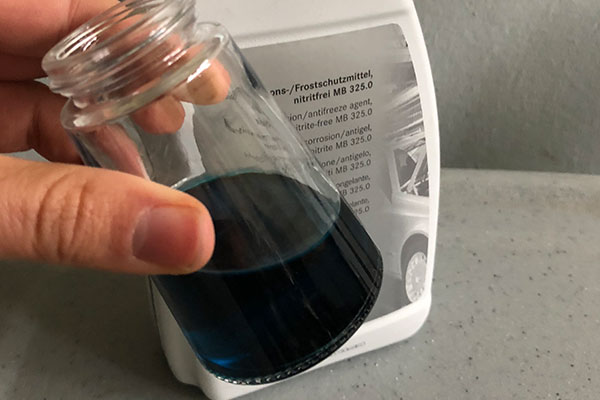Coolant for the car: finding the right one quickly and easily
In the automotive sector, customers often receive very good overviews of the right engine oil, transmission oil or brake fluid. However, when it comes to coolant, many do not come across any information that is all that helpful. Yet choosing the right coolant is just as relevant to the life of a car as the right engine oil.
What is the biggest problem in choosing the right coolant?
In a nutshell, the lack of an international standard for coolants is the big issue. Compared to engine oils, where a suitable oil can be determined based on its manufacturer-specific release or specification, coolant lacks such transparency.
Customers are inundated with a wide variety of colors, additives and special benefits. The primary question for every motorist is whether or not the coolant is at all suitable for his or her own vehicle. Once this hurdle has been overcome, a comparison based on the manufacturer’s own advantages would only be of interest. Returning to the search for the right coolant and the required quantity, clarity should first be provided as to what tasks a radiator antifreeze actually performs, what it is made of and how it is best mixed. These questions are briefly and concisely addressed below.

